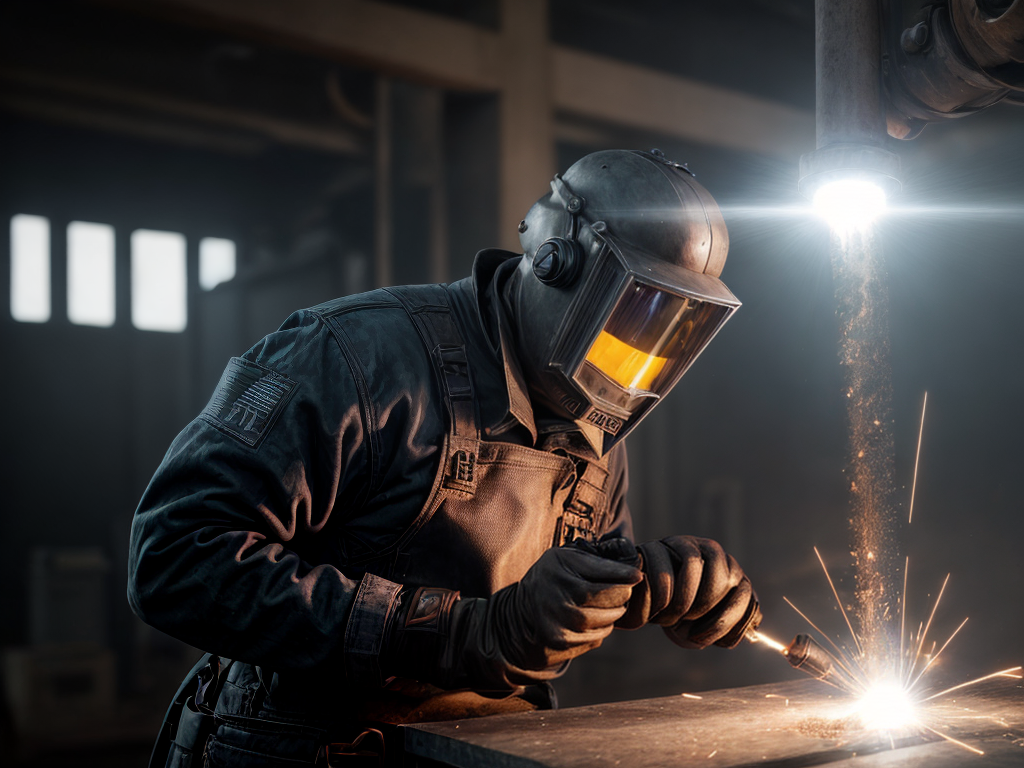
As a beginner in the world of welding, understanding welding symbols can sometimes feel like deciphering a complex code. But fear not, for I am here to guide you through this intricate maze and help you unlock the secrets of welding symbols. In this beginner’s guide, we will explore the meaning behind these symbols, their placement, and how to read and interpret them with ease. Just like a map in the hands of an explorer, welding symbols are the key to navigating the world of welding with precision and accuracy. So let’s embark on this journey together and unravel the mysteries of welding symbols, empowering ourselves to master this essential skill.
Basic Welding Symbols
In this section, I will cover the basic welding symbols, starting with their meanings and how they are used in welding blueprints. Understanding these symbols is crucial for anyone seeking mastery in welding. Welding symbols are graphic representations that communicate important information about the weld to the fabricator. They provide details such as weld dimensions, joint types, and welding processes. Welding symbol examples include fillet weld symbols, groove weld symbols, and plug weld symbols, among others. These symbols use a combination of lines, arrows, and geometric shapes to convey specific information. Welding symbol dimensions are indicated using measurements, such as the length and height of the weld. The symbols are essential for accurately interpreting and executing welds according to blueprint specifications.
Common Weld Joint Symbols
To better understand welding symbols, let’s explore the common weld joint symbols and their significance in blueprint interpretation. Weld joint symbols are used to represent different types of weld joints and provide information about the weld joint preparation. The most common weld joint types include the butt joint, fillet joint, and corner joint. The butt joint symbol is represented by two straight lines that meet at a right angle. The fillet joint symbol is represented by a triangle, indicating a weld made in the corner of two pieces of metal. The corner joint symbol is represented by a square, indicating a weld made on the edge of two pieces of metal. Understanding these symbols is crucial for accurately interpreting blueprints and ensuring proper weld joint preparation.
Supplementary Weld Symbols
Understanding the significance of supplementary weld symbols enhances my interpretation of blueprints and ensures accurate weld joint preparation. These symbols provide additional information that complements the main welding symbol. One important aspect of supplementary symbols is their ability to specify dimensions. For example, a circle with a diameter dimension indicates that the weld is to be made all around the joint. Additionally, supplementary symbols can indicate the termination of a weld. A flag symbol, for instance, signifies that the weld should be terminated at the location indicated by the flag. These symbols are crucial in conveying specific instructions to the welder and ensuring that the desired weld joint is achieved. By mastering the interpretation of supplementary weld symbols, I can confidently and accurately prepare weld joints according to the blueprint specifications.
Welding Symbol Placement and Orientation
As a beginner welder, it is important for me to understand the proper placement and orientation of welding symbols. When it comes to welding symbol placement, it is crucial to position the symbol in a clear and visible location on the drawing. The size of the symbol should be proportional to the size of the joint being welded, ensuring that it is not too small or too large. Additionally, welding symbol reference lines play a vital role in indicating the location and extent of the weld. These lines are used to connect the various elements of the welding symbol, such as the arrow, the tail, and any additional supplementary symbols. Understanding the correct placement and orientation of welding symbols is essential for accurately interpreting and executing welding instructions.
Reading and Interpreting Welding Symbols
I can read and interpret welding symbols by understanding their meaning and purpose. Welding symbols are essential in communicating specific instructions and requirements for welding operations. There are different types of welding symbols, including fillet weld symbols, groove weld symbols, and plug or slot weld symbols. Proper interpretation of these symbols is crucial to ensure the accuracy and quality of the welding process. Understanding the various elements of a welding symbol, such as the reference line, arrow, and dimensions, allows me to decipher the intended weld joint design and welding technique. By accurately interpreting welding symbols, I can effectively communicate with other professionals in the welding industry and ensure that the welding operation meets the specified standards and requirements.
